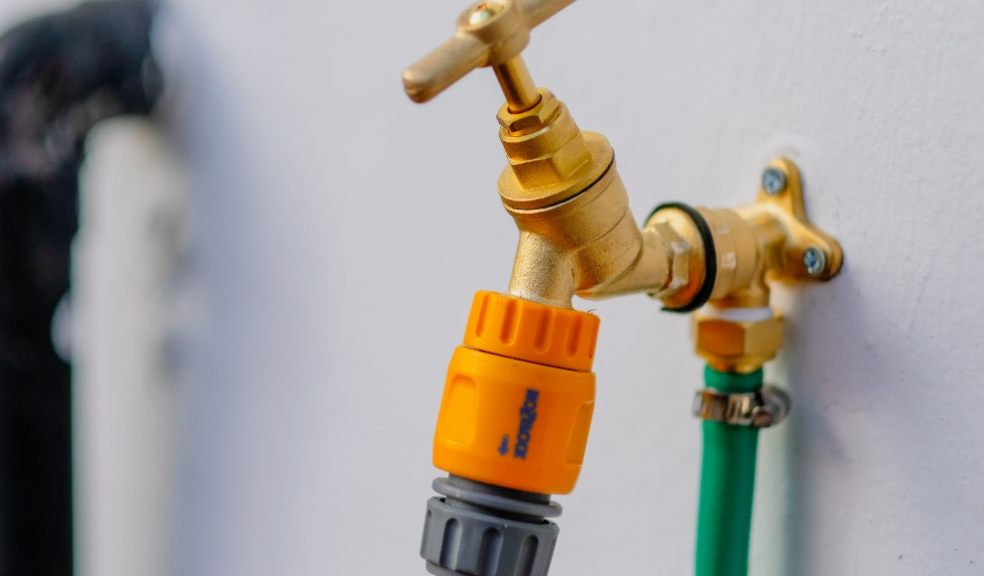
Five easy hacks to keep your garden healthy during a hosepipe ban
Brits across the UK are facing the first hosepipe ban in 26 years after months of scorching temperatures, with South West Water the latest water supplier to announce a hosepipe ban, starting next week.
The ban could prove tricky for some gardeners since gardens will likely need some TLC after the extreme heat. But turning to your hose could leave you facing a hefty £1,000 fine once the ban comes into effect.
To help you protect your garden and avoid spending money to fix it, Matt Jordan, Gardening Expert for The Greenhouse People
has compiled his top tips on how to revive your garden and keep it healthy even during a hosepipe ban…
Go old-school with a watering can
While gardeners may not be able to use their hoses or sprinklers, the ban does not apply to watering cans.
You should still bear in mind your water usage. Avoid excessive watering by targeting key areas like potted plants (which need more water than bedded plants) and any plant species that need extra moisture.
Only use a watering can to water the base of the plant and soil, taking care to avoid the leaves which can become sun-scorched by water droplets during the height of the day.
You should also only water early in the morning or evening when it’s cooler to prevent the water evaporating, giving your plants lasting hydration.
Reuse your water
Reusing your ‘grey’ water from baths, kitchen sinks and even washing machines is a great short-term solution to hydrating your garden sustainably during a hosepipe ban.
Soil and potting composts are very efficient for filtering contaminants, so it is generally safe to use grey water on your plants. Just be sure to use the leftover water within 24 hours to avoid bacteria building up.
Best practice is to use water that hasn’t been exposed to harsh chemicals or contains too much salt content, so best to avoid using leftover water from your dishwasher or you may start to see salt residue developing on your plants.
Stop mowing your lawn
Excessive mowing can dry out grass during hot temperatures, especially if your lawn is patchy or has exposed soil.
Allowing grass to grow long can help your lawn retain moisture by preventing evaporation and creating a natural shade, shielding grass from the sun’s harsh rays.
Use a mulch
You can also lay a mulch over drought-susceptible areas to help lock in moisture, prevent sun-scorching and block weeds while enriching the soil with nutrients.
Garden compost is brilliant for mulching, but you can use any organic matter like bark, grass cuttings, wood chippings, straw, and even shredded cardboard.
Spread a thick layer of mulch – at least two inches deep – across borders and lawns after watering, taking care to leave a decent gap around plant stems. Special care is needed around woody stems which can become rotted if mulch is left touching them.
DIY your own drip irrigation system
For finicky potted plants that need regular hydration all day long, you can easily DIY your own drip irrigation system using just a plastic bottle.
Remove the bottle cap and pierce small holes using a pin. Fill the bottle with water and secure the lid. Flip the bottle upside down and you’ll notice the water will begin to trickle, but this will quickly subside once a vacuum is created inside the bottle.
Position the water bottle with the bottle lid just below the surface of the soil and use a stake to keep it upright. The bottle will slowly drip-release the water without you having to do a thing. You could even distil some liquid fertiliser for plants that need that extra oomph.
Best of all, this hack can be used year-round and is perfect for the summer holidays, so you can enjoy your time away without worrying about your plants.













